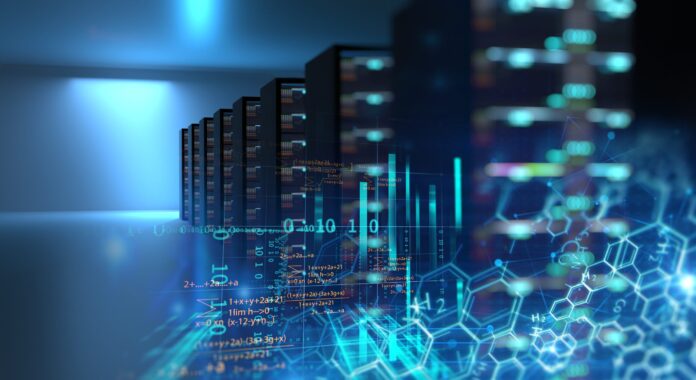As artificial intelligence (AI) continues to expand at a fast pace, data centers needs to evolve to handle its demands. AI data centers are designed to support complex AI workloads, while traditional data centers focus on general computing tasks. But what exactly sets them apart? Let’s take a closer look at the key differences.
1 | Purpose and workload
Traditional data centers: These are designed to support a wide range of computing needs, including web hosting, enterprise applications, databases and cloud services. These data centers handle diverse workloads that may not require intensive processing power.
AI data centers: Built specifically for AI and machine learning (ML) applications, these facilities are optimized for processing large volumes of data, running deep learning models and supporting AI-driven tasks like natural language processing and image recognition, among others
2 | Hardware and infrastructure
Traditional data centers: These data centers typically use CPUs (Central Processing Units) to handle computing tasks. These are efficient for running business applications, storage and networking but are not optimized for AI workloads.
AI data centers: They rely heavily on GPUs (Graphics Processing Units), TPUs (Tensor Processing Units) and other specialized AI accelerators. GPUs can process thousands of tasks simultaneously, making them ideal for AI training and inference.
3 | Cooling and power consumption
Traditional data centers: While these facilities require substantial cooling systems, their power consumption is generally balanced across different workloads.
AI data centers: AI computations generate significantly more heat due to the high processing power of GPUs. As a result, AI data centers require advanced cooling solutions, such as liquid cooling to maintain efficiency and prevent overheating.
4 | Networking and data processing
Traditional data centers: These facilities use standard network architectures to handle data transfer across storage, servers and cloud environments.
AI data centers: Require high-speed networking and low-latency interconnects because AI workloads involve rapid data movement between processors.
5 | Storage and data management
Traditional data centers: Primarily store structured data in databases and cloud storage systems.
AI data centers: Handle massive amounts of unstructured data, such as images, videos and sensor data. They use high-performance storage solutions like NVMe SSDs and parallel file systems to support AI-driven applications.
6 | Scalability and flexibility
Traditional data centers: These facilities are scalable but often require significant time and investment to expand.
AI data centers: They are designed for rapid scaling, enabling organizations to quickly deploy more computing power as AI workloads grow. Cloud-based AI data centers offer even more flexibility by providing on-demand resources.
7 | Cost considerations
Traditional data centers: Generally have lower hardware costs, as they use standard computing components.
AI data centers: These data centers are more expensive due to the high cost of GPUs, specialized cooling and high-speed networking components.
Conclusion
While both AI and traditional data centers play essential roles, they serve different purposes. Traditional data centers support general computing, while AI data centers are built for high-performance AI workloads. As AI adoption grows, more organizations are transitioning to AI-optimized infrastructure to stay competitive.

